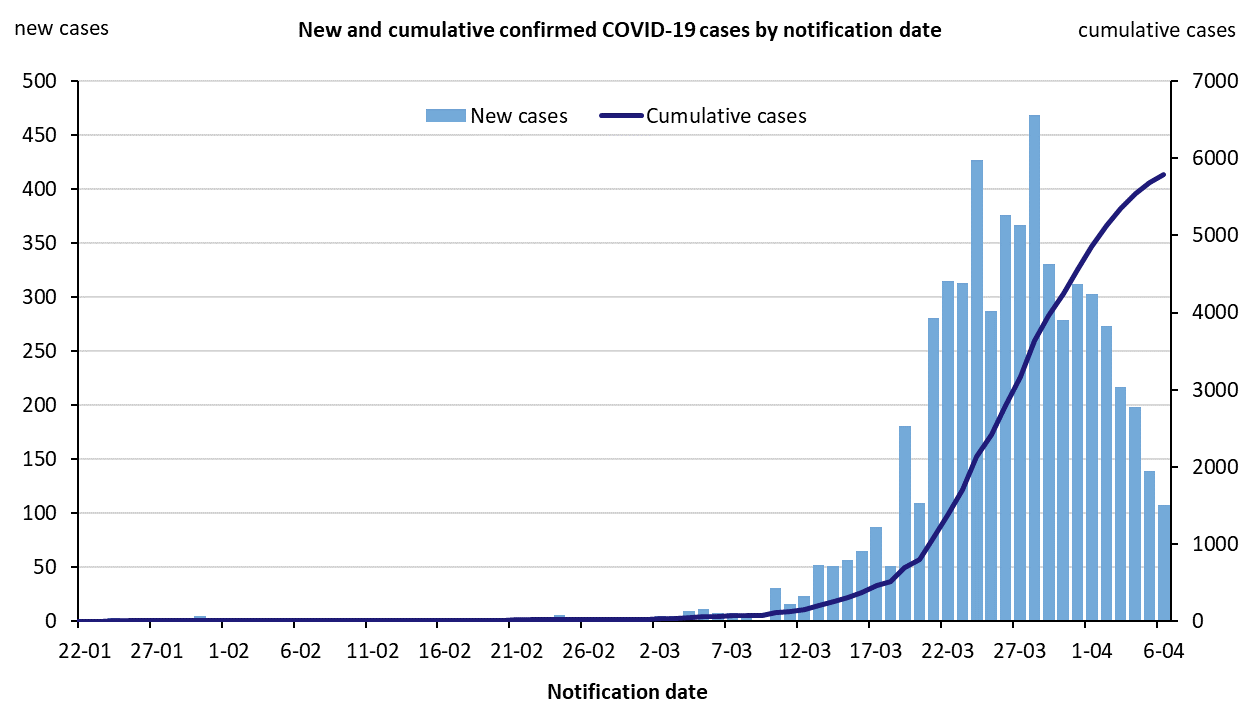Canoerebel
Posts: 21100
Joined: 12/14/2002
From: Northwestern Georgia, USA
Status: offline

|
Erik, I meant the map you posted yesterday or Saturday with Georgia counties in various shades of orange.
Thanks for providing the explanation below and that set of graphs.
I wonder if the sources are capable of taking the raw data, digesting it, presenting it, and having it bear out what they're claiming.
You'd expect travel to be less, per capita (and gross volume), in urban areas, where people live closer to store, post office, etc. The bulk of the population is urban and thus drives/walks shorter distances. In outlying regions (like Taliaferro County, portrayed in dark orange on that map), people have to drive further for the same purposes. That would be especially true in South and Southwest Georgia.
So people complying with the mandated countermeasures would still show more travel in rural areas than in urban. Or so I'd expect.
quote:
ORIGINAL: obvert
...
You asked, Dan, for the map on movement. I had posted it earlier. It's here again, from the NY Times. It was posted April 2 and shows movement for the week of March 23 (I think beginning March 23).
https://www.nytimes.com/interactive/2020/04/02/us/coronavirus-social-distancing.html?searchResultPosition=1
Stay-at-home orders have nearly halted travel for most Americans, but people in Florida, the Southeast and other places that waited to enact such orders have continued to travel widely, potentially exposing more people as the coronavirus outbreak accelerates, according to an analysis of cellphone location data by The New York Times.
The divide in travel patterns, based on anonymous cellphone data from 15 million people, suggests that Americans in wide swaths of the West, Northeast and Midwest have complied with orders from state and local officials to stay home. Disease experts who reviewed the results say those reductions in travel — to less than a mile a day, on average, from about five miles — may be enough to sharply curb the spread of the coronavirus in those regions, at least for now.
“That’s huge,” said Aaron A. King, a University of Michigan professor who studies the ecology of infectious disease. “By any measure this is a massive change in behavior, and if we can make a similar reduction in the number of contacts we make, every indication is that we can defeat this epidemic.”
But not everybody has been staying home.
In areas where public officials have resisted or delayed stay-at-home orders, people changed their habits far less. Though travel distances in those places have fallen drastically, last week they were still typically more than three times those in areas that had imposed lockdown orders, the analysis shows.
This is from the time period Feb 28-March 27. It is done by the county, since that was the most common area of difference in stay at home orders for this time, local governments taking charge of this decision.
...
< Message edited by Canoerebel -- 4/6/2020 2:00:42 PM >
|
 Printable Version
Printable Version
























 because the similarity is extreme. SARS is no longer circulating (as far as we know) but after SARS we DISCOVERED two other Coronaviruses of bat origin circulating in the human population. Based on mutation rate analyses they have probably been in the human population for hundreds of years so there is an existing high level of immunity.
because the similarity is extreme. SARS is no longer circulating (as far as we know) but after SARS we DISCOVERED two other Coronaviruses of bat origin circulating in the human population. Based on mutation rate analyses they have probably been in the human population for hundreds of years so there is an existing high level of immunity. 
 New Messages
New Messages No New Messages
No New Messages Hot Topic w/ New Messages
Hot Topic w/ New Messages Hot Topic w/o New Messages
Hot Topic w/o New Messages Locked w/ New Messages
Locked w/ New Messages Locked w/o New Messages
Locked w/o New Messages Post New Thread
Post New Thread